VERY RARE! Original WWII 1st Edition Lemay Leaflet Atomic Bomb Hiroshima & Nagasaki (Mint Condition)


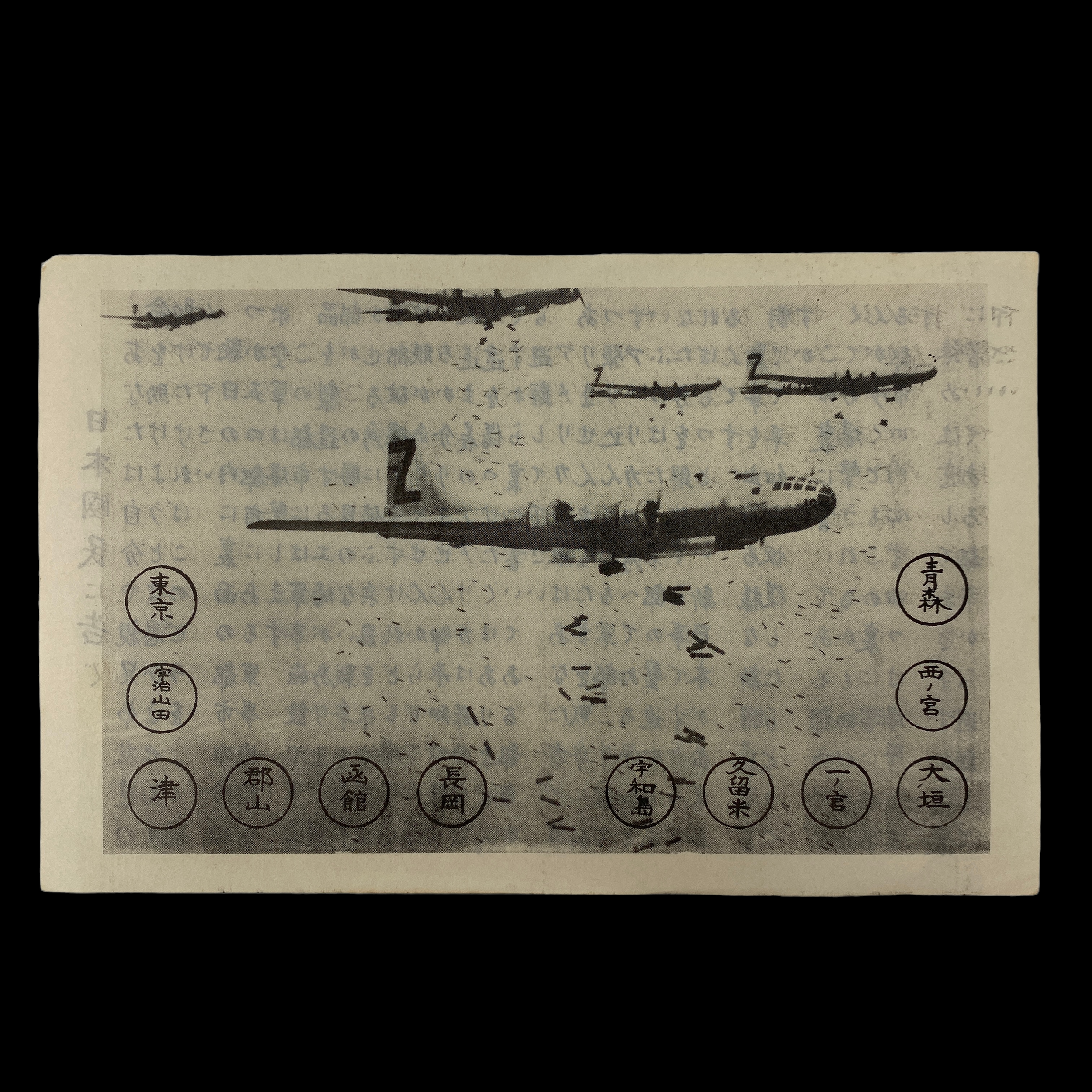
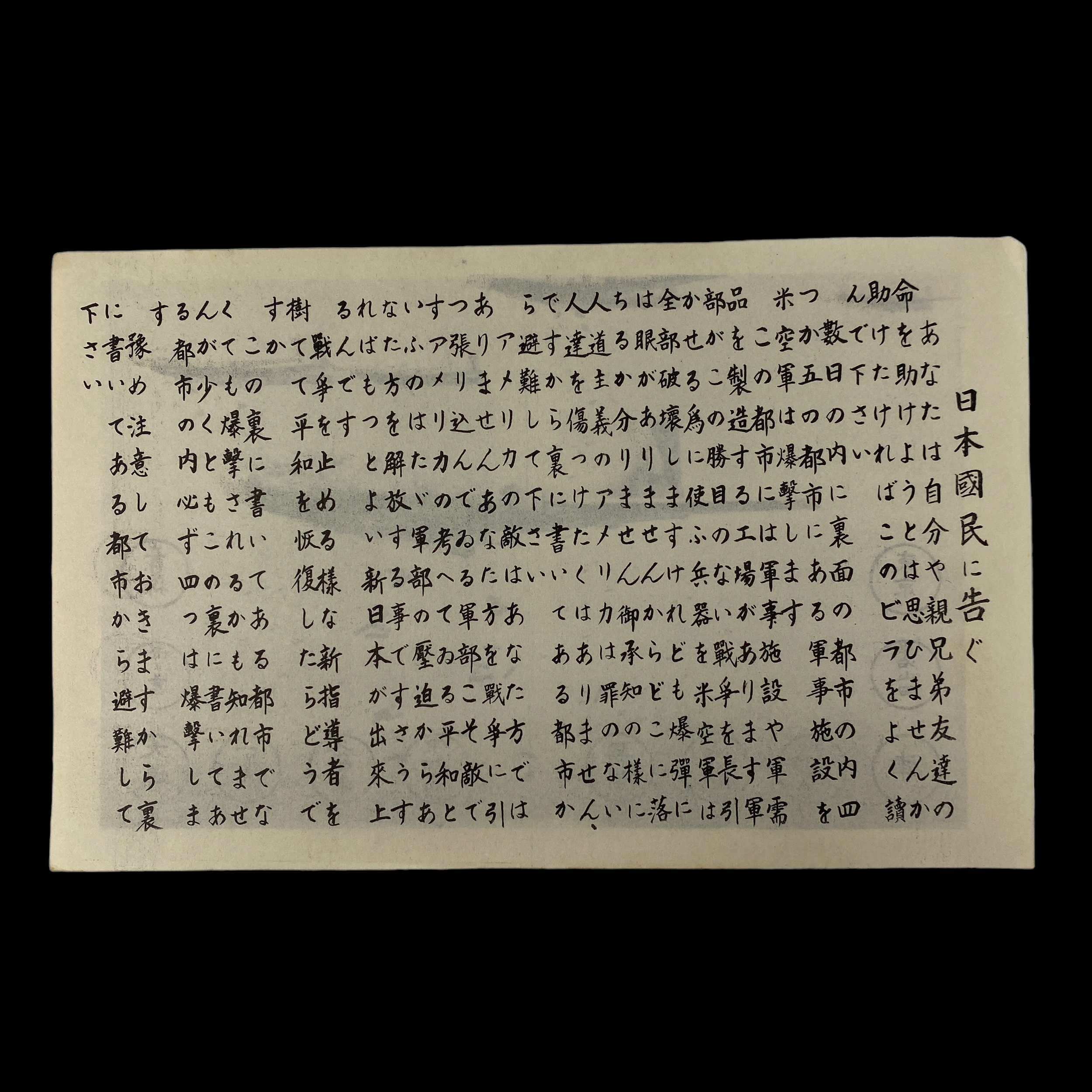
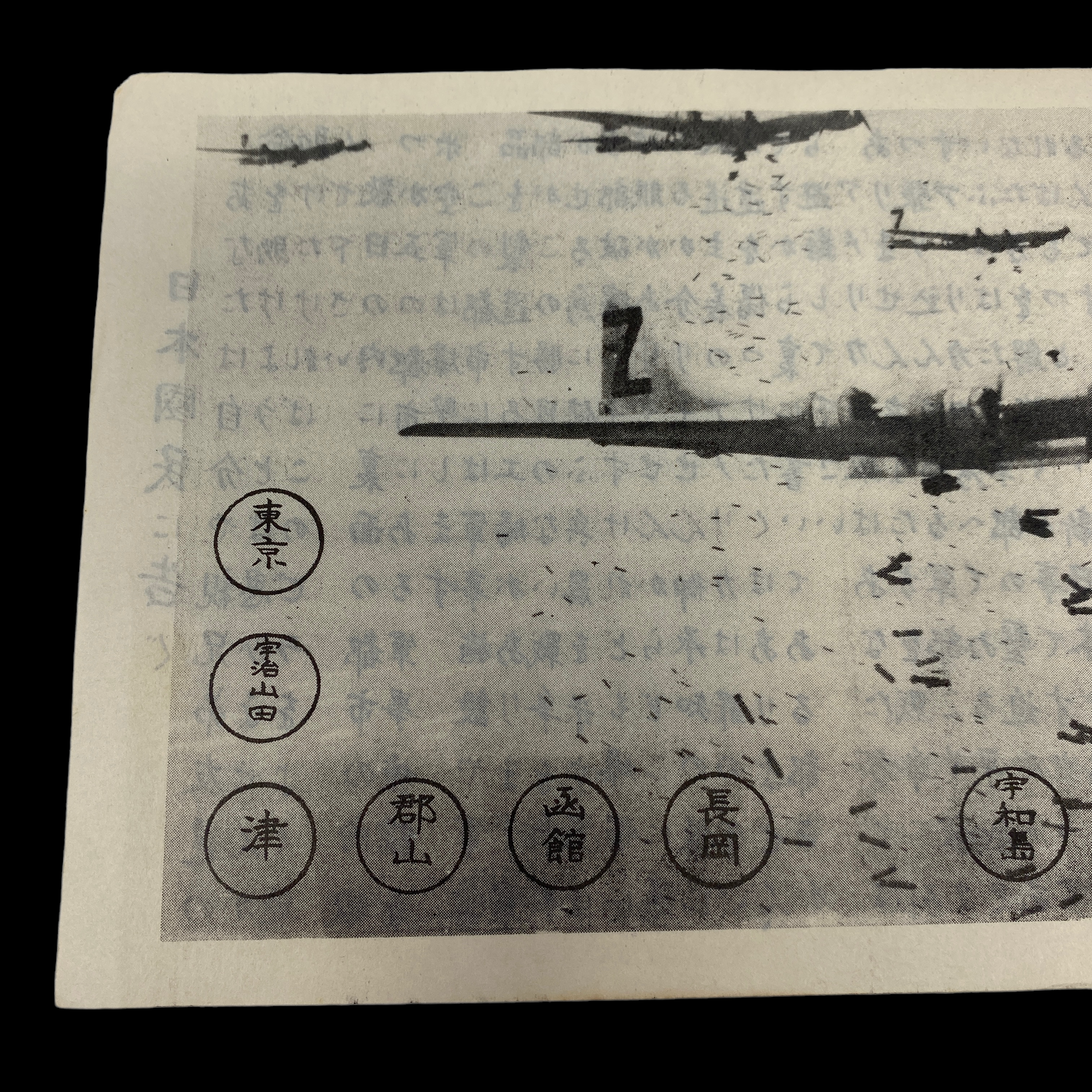
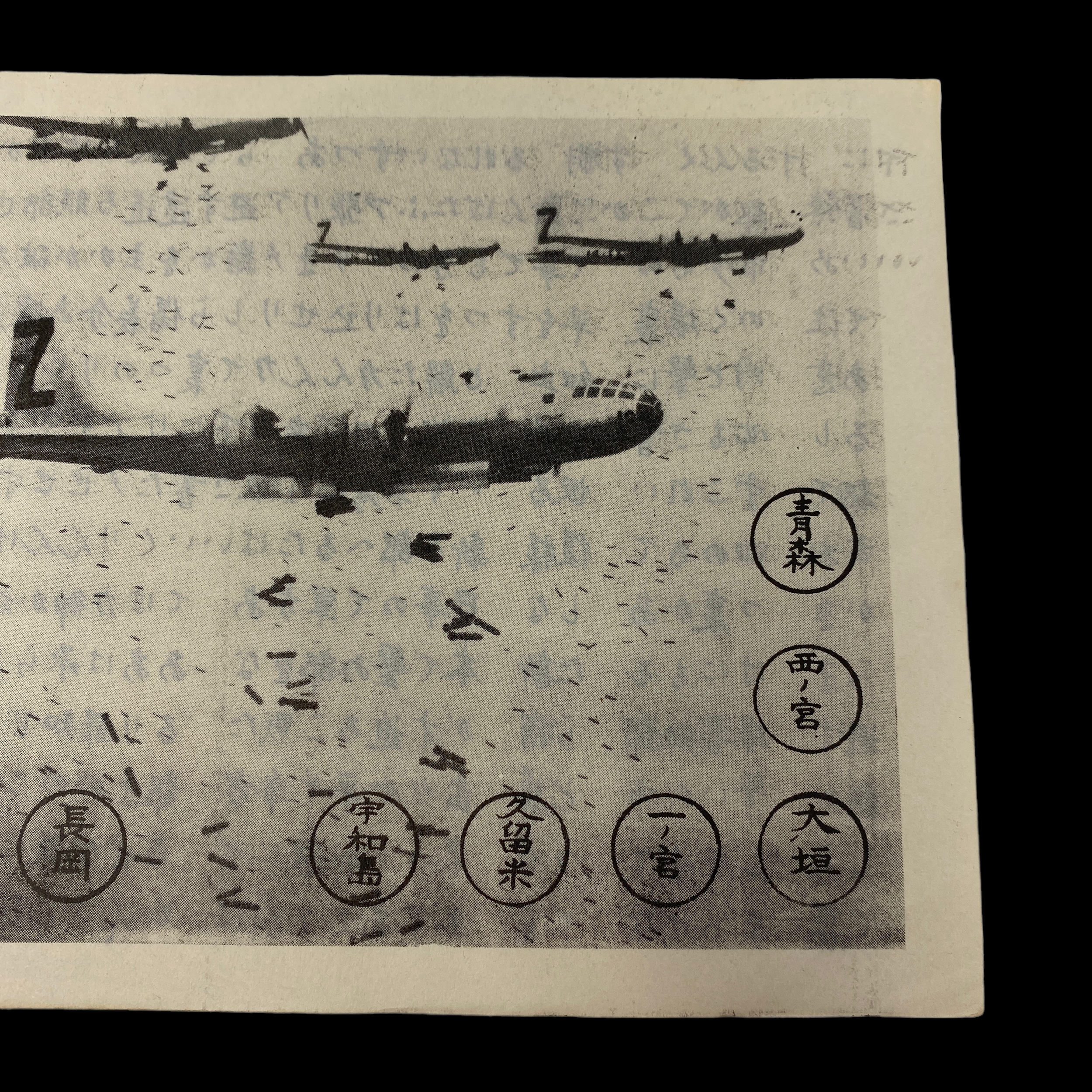
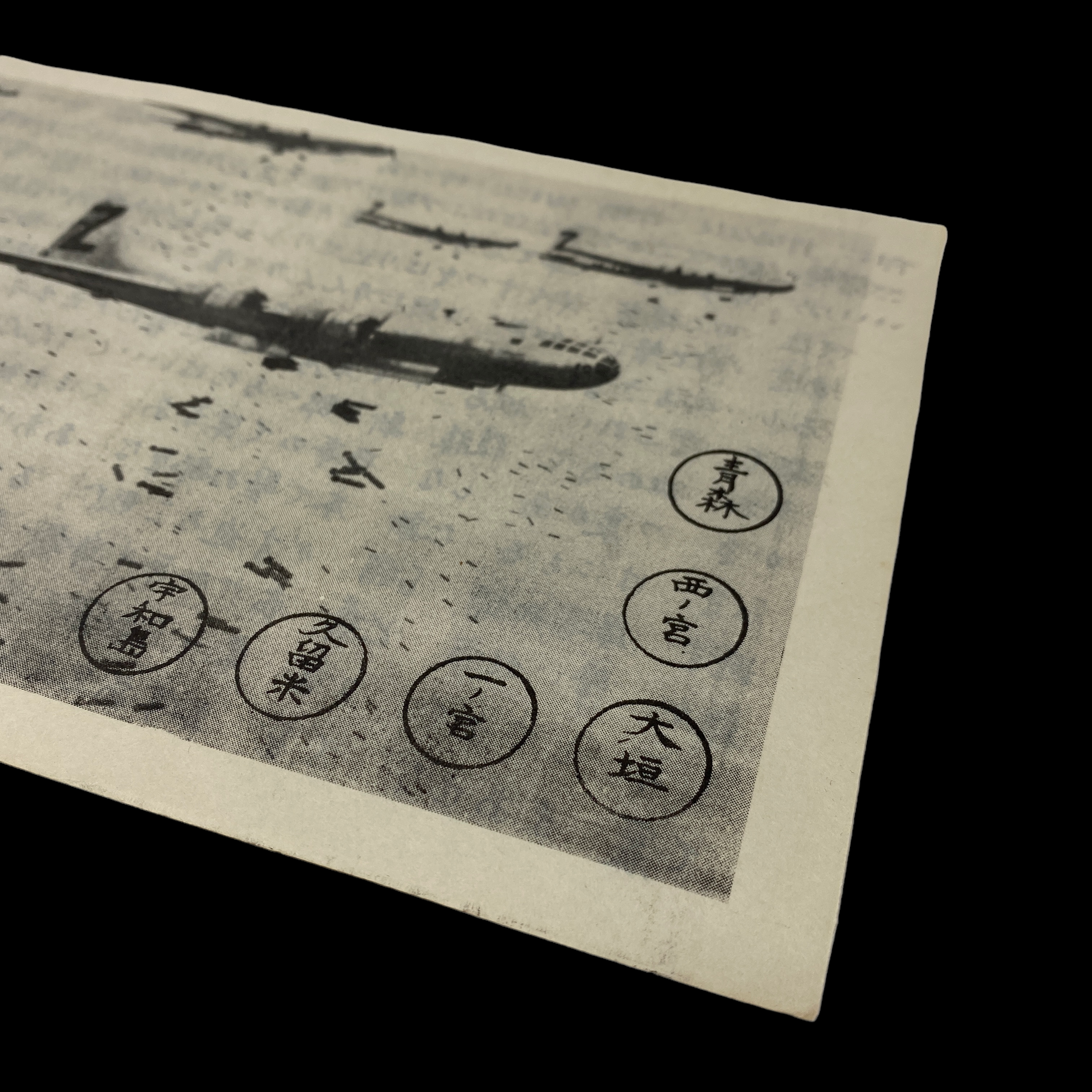

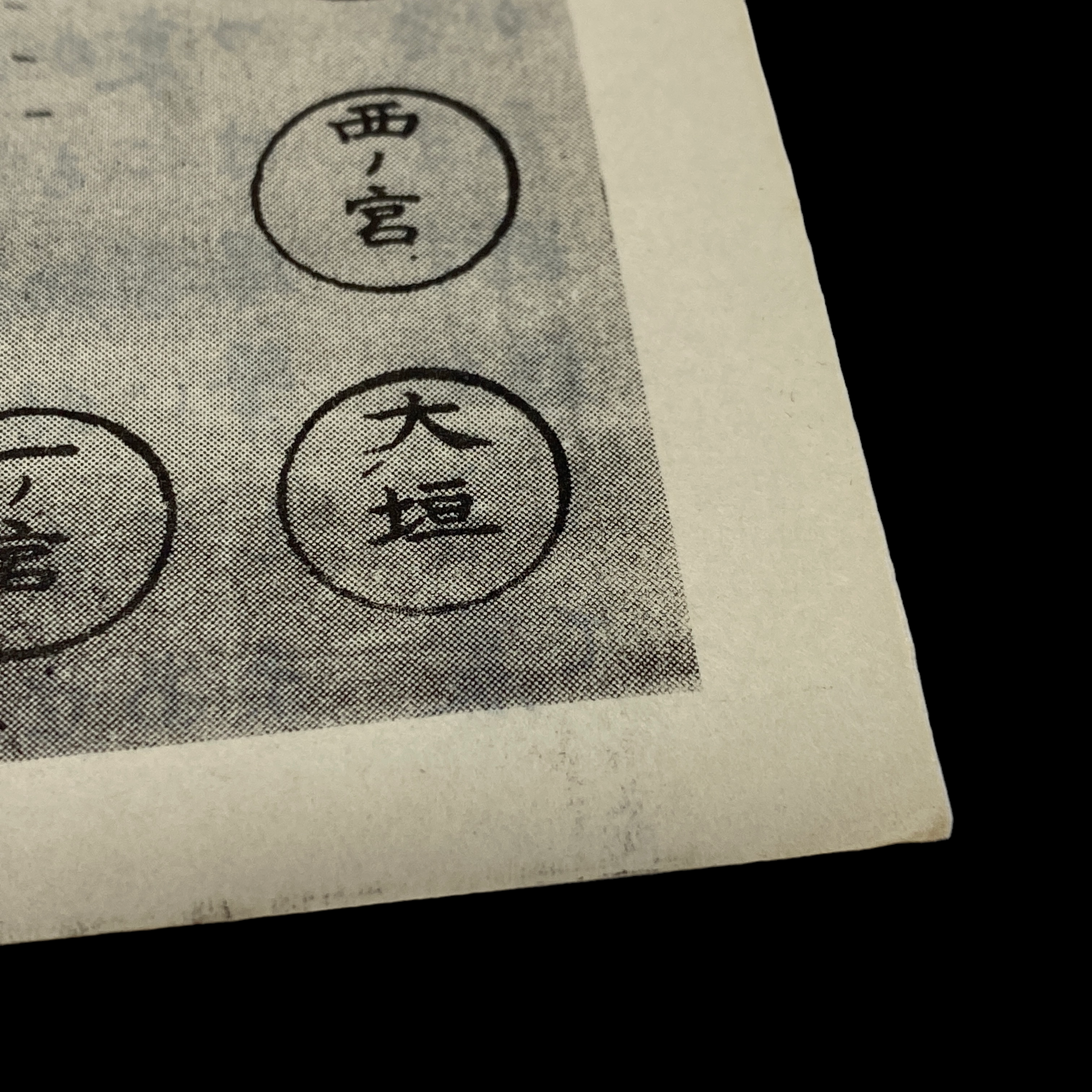
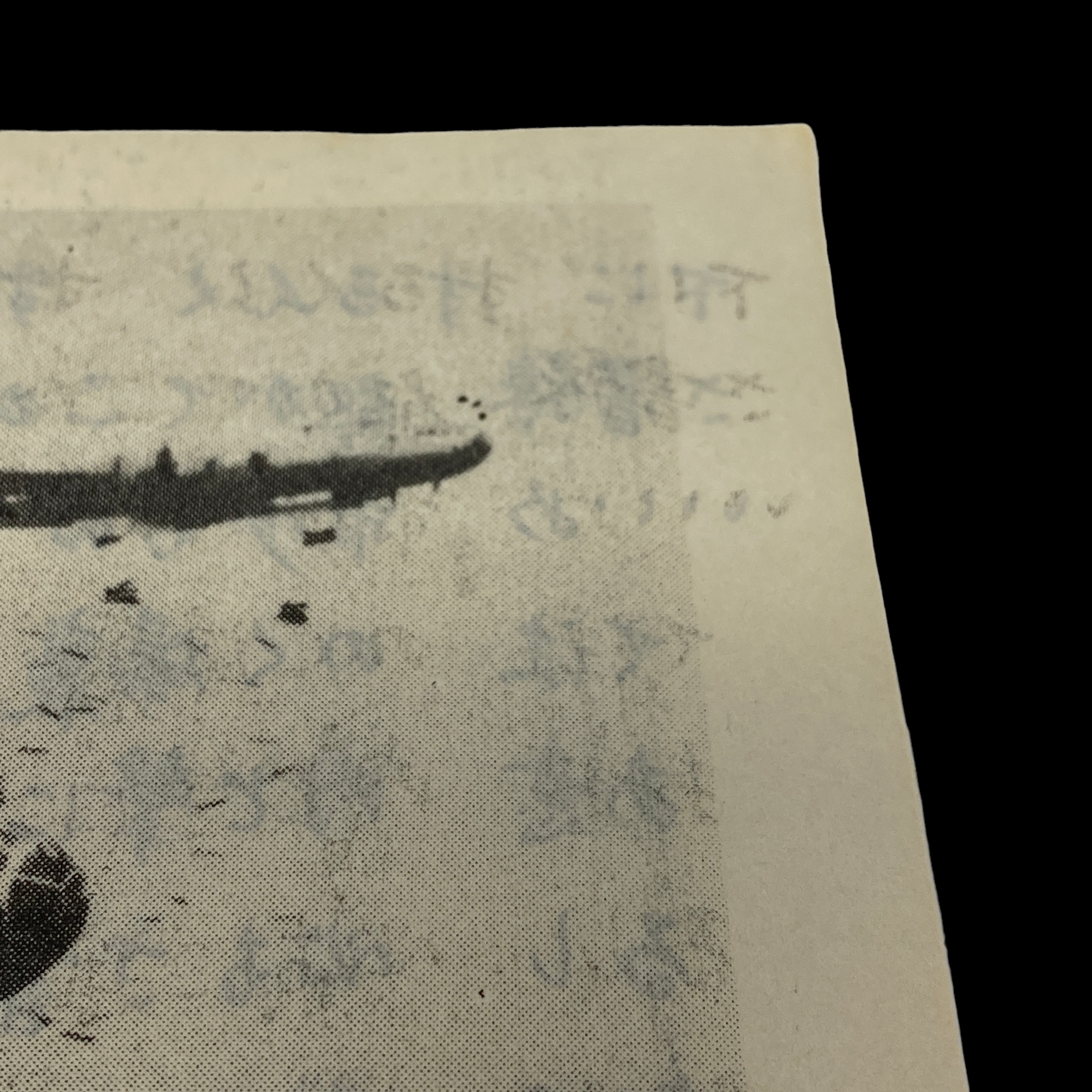
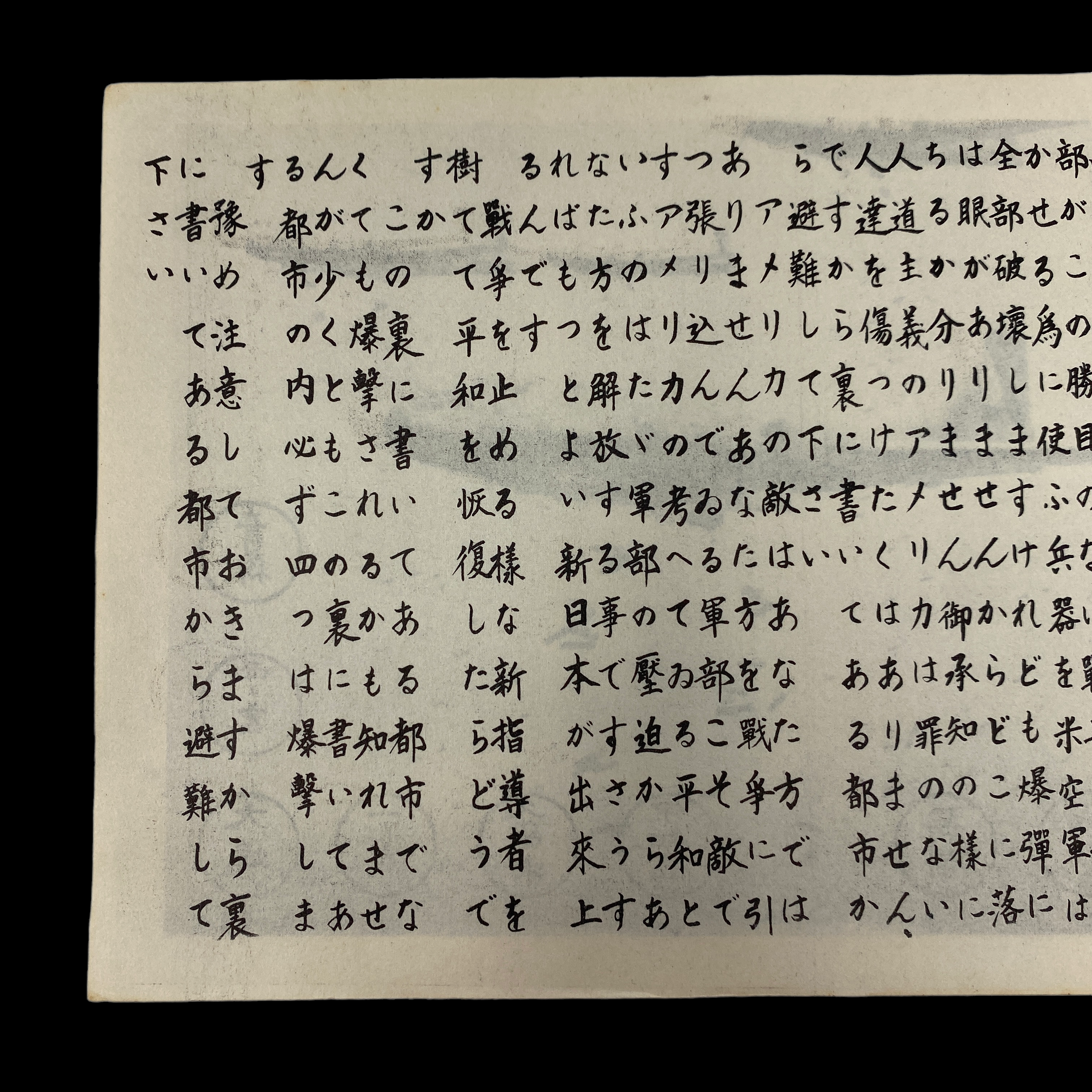
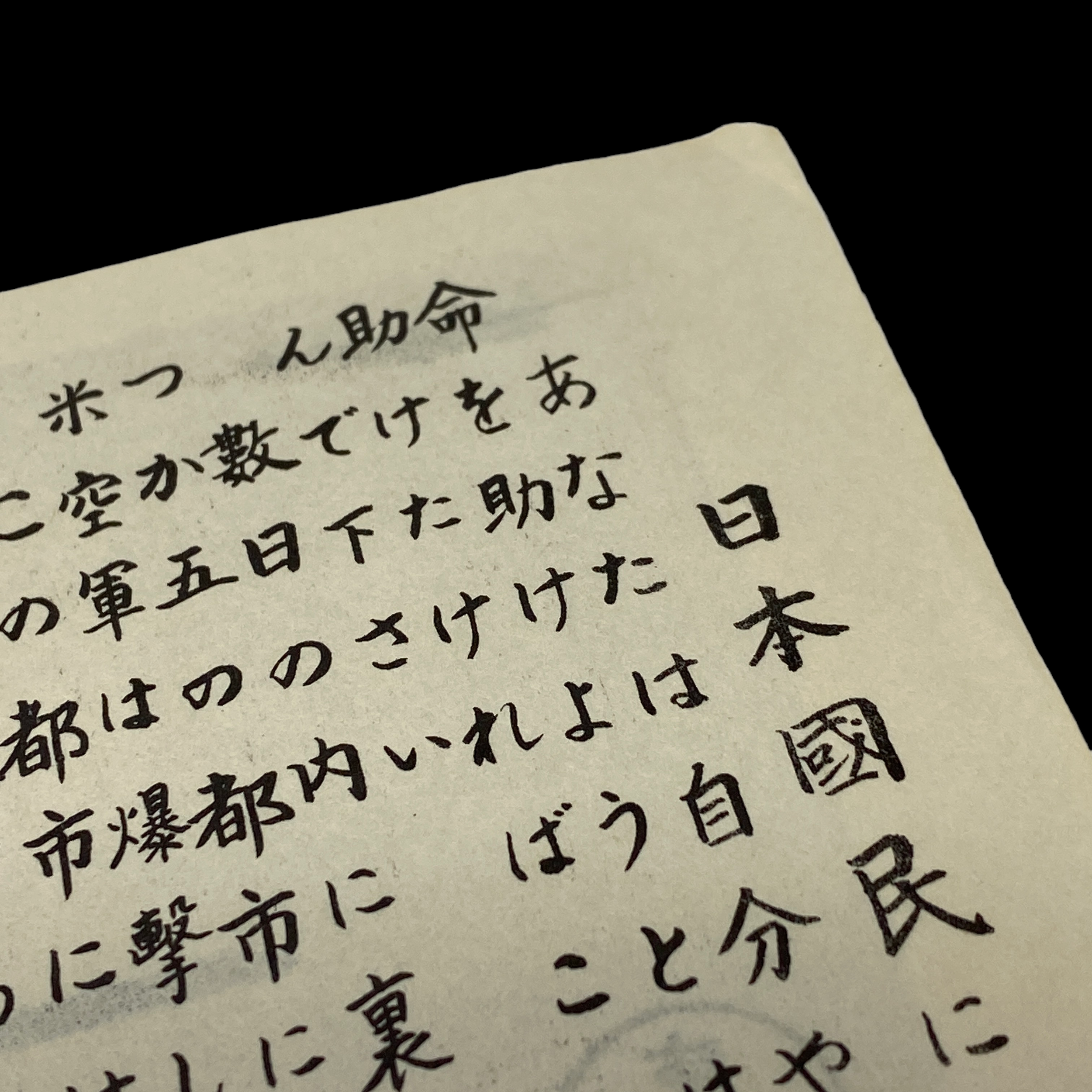
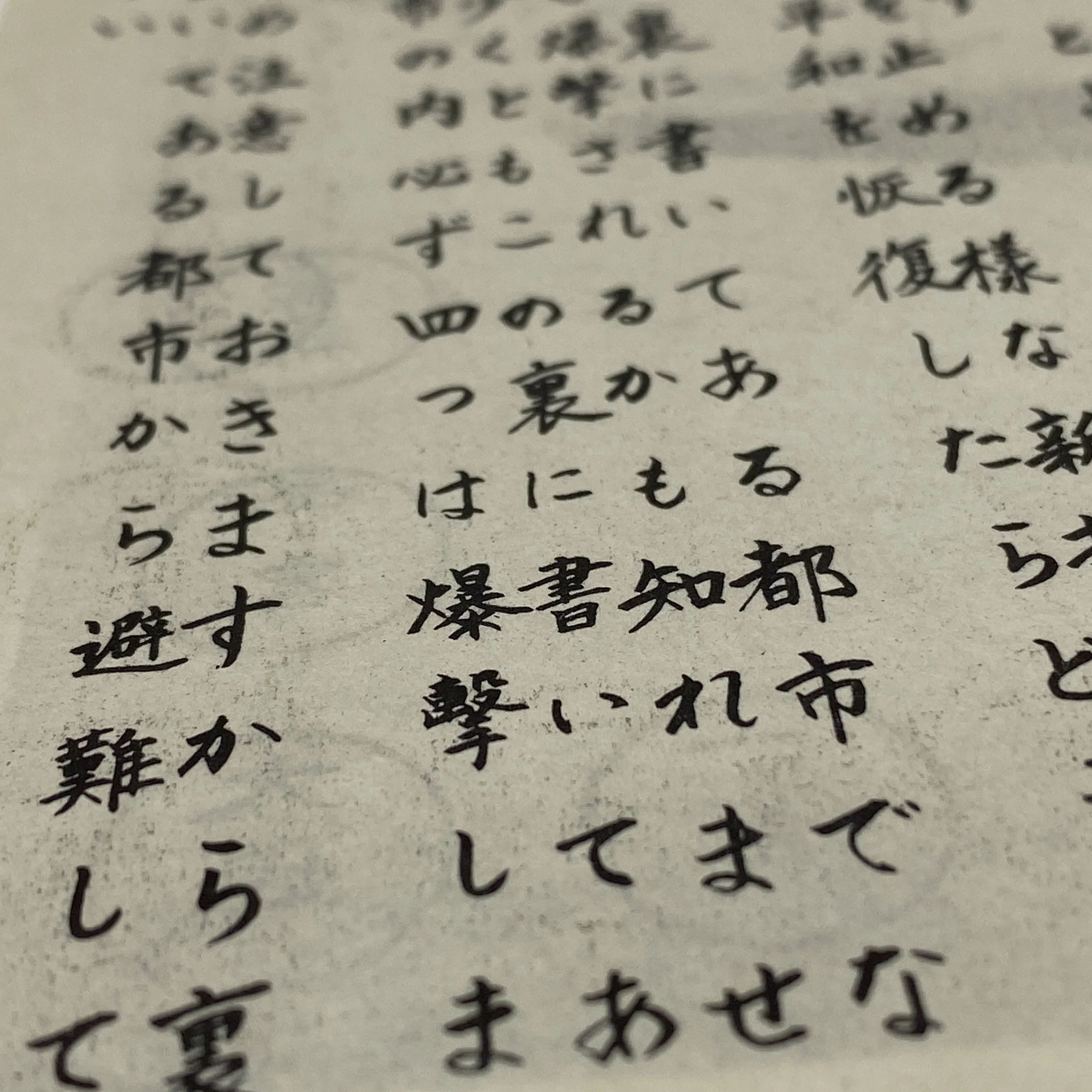


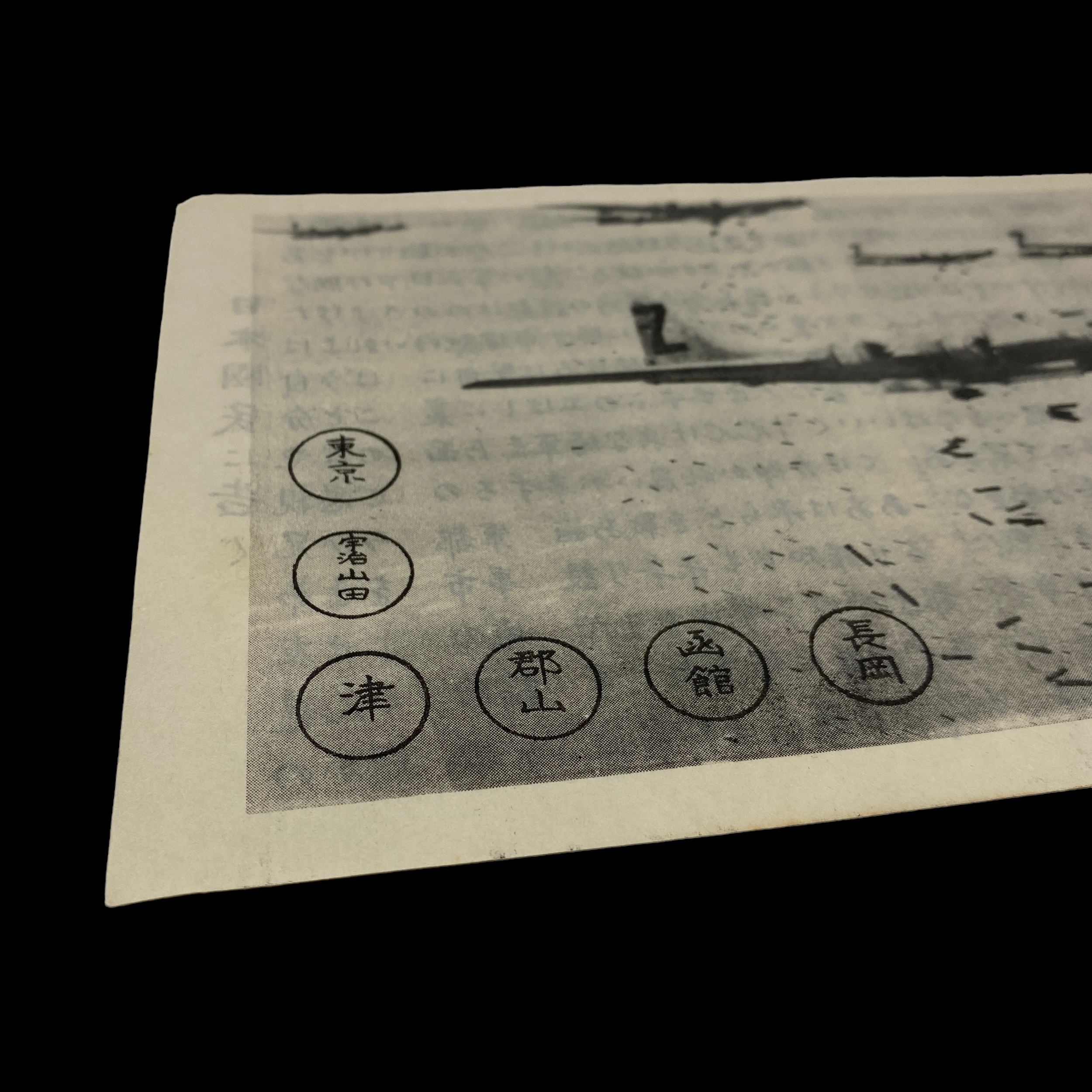
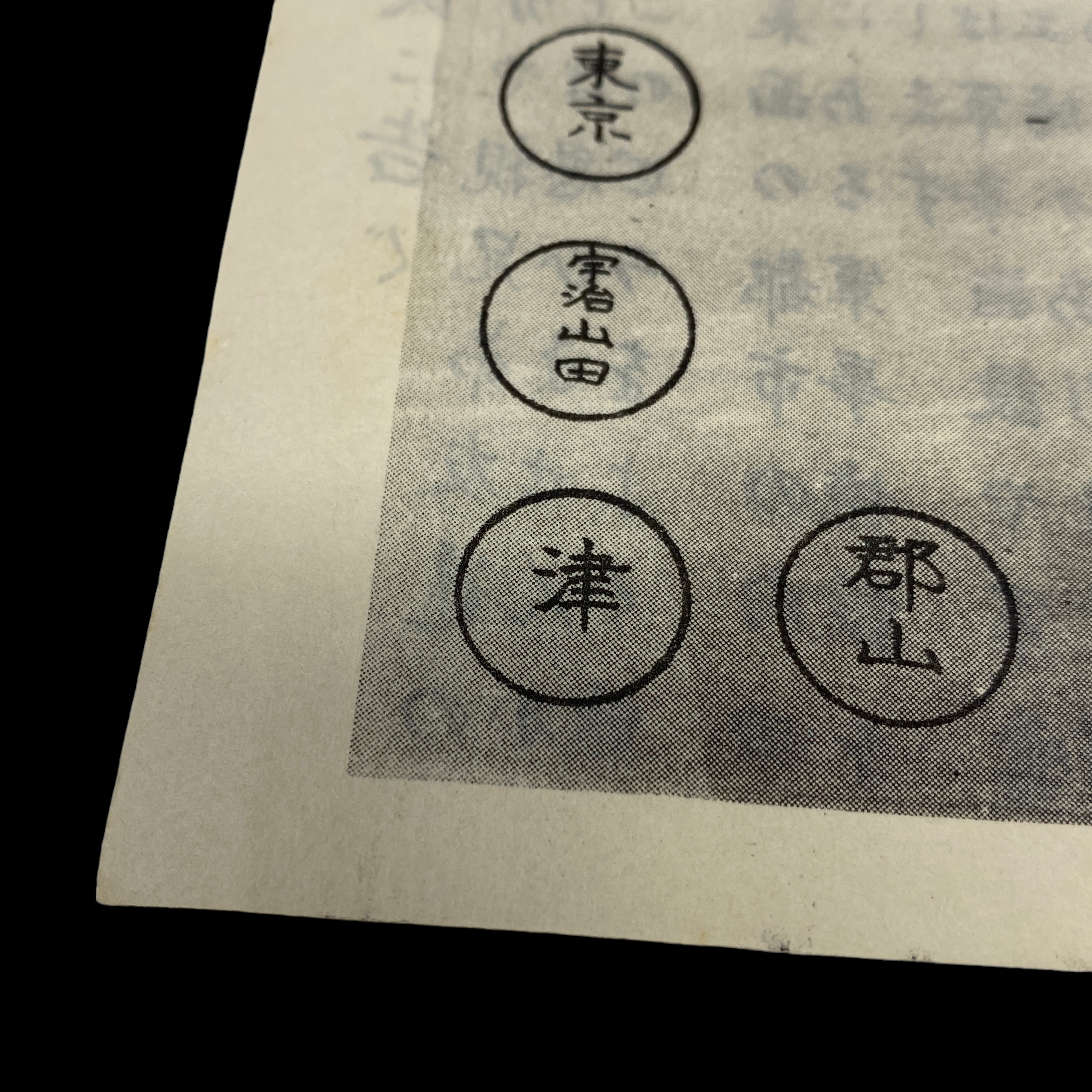
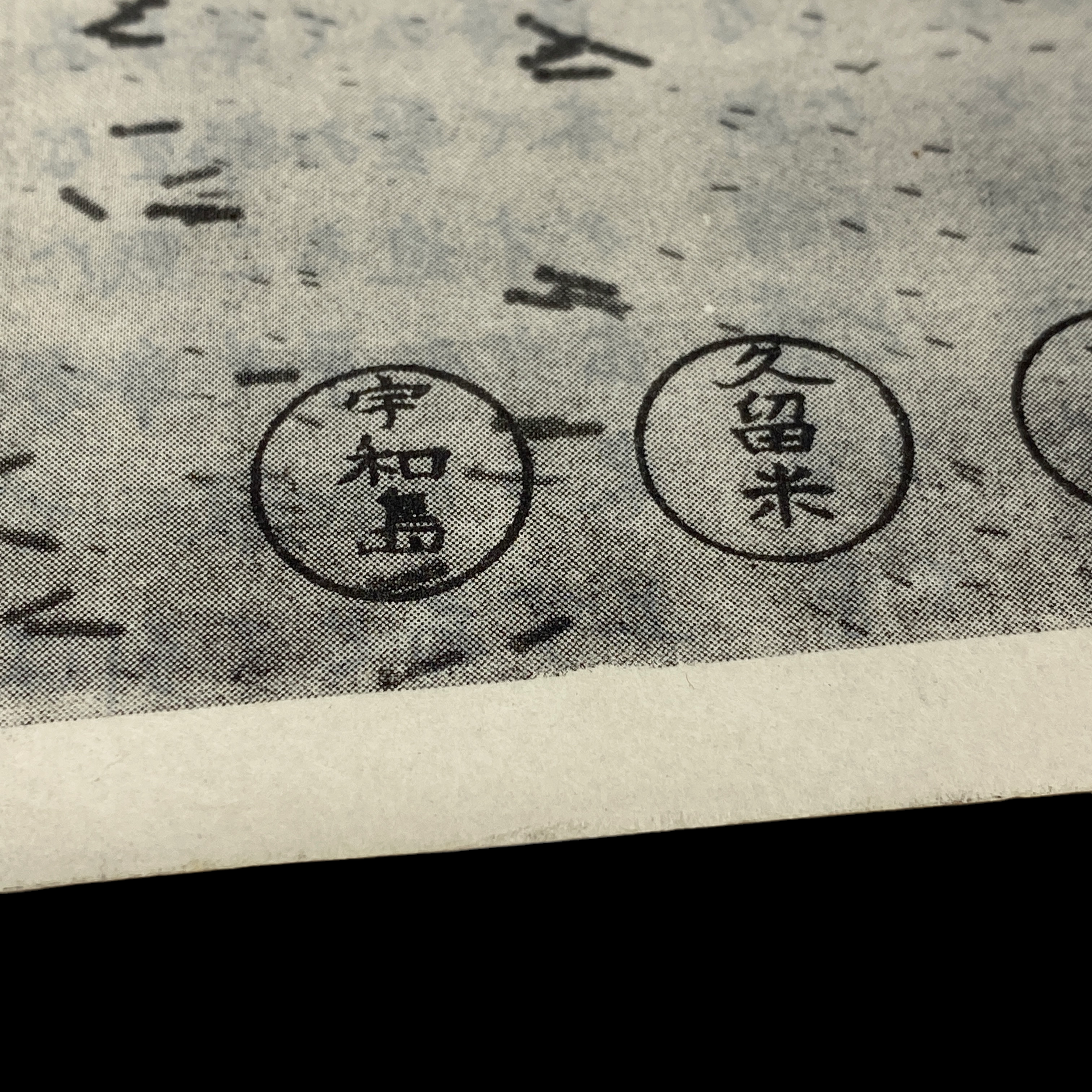
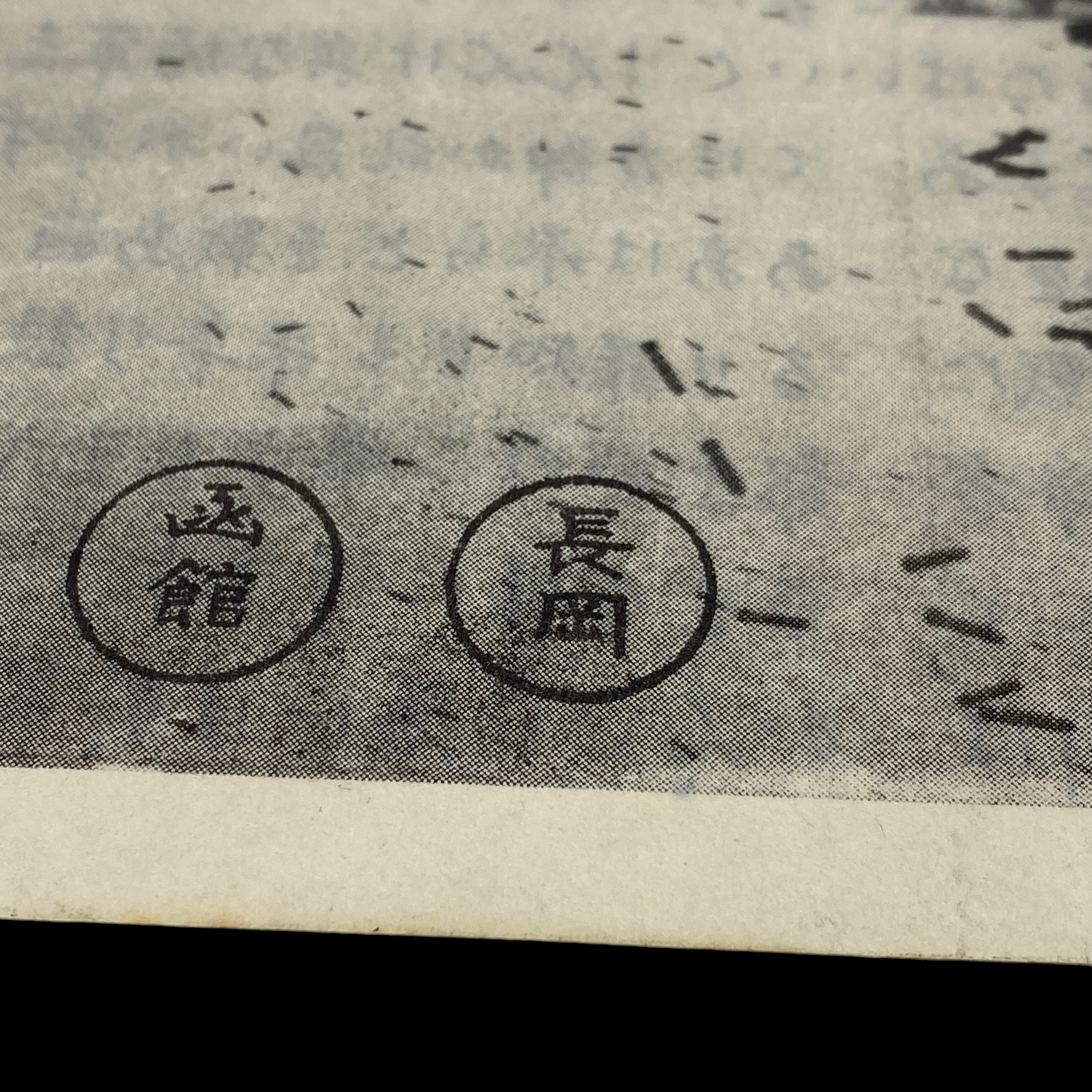
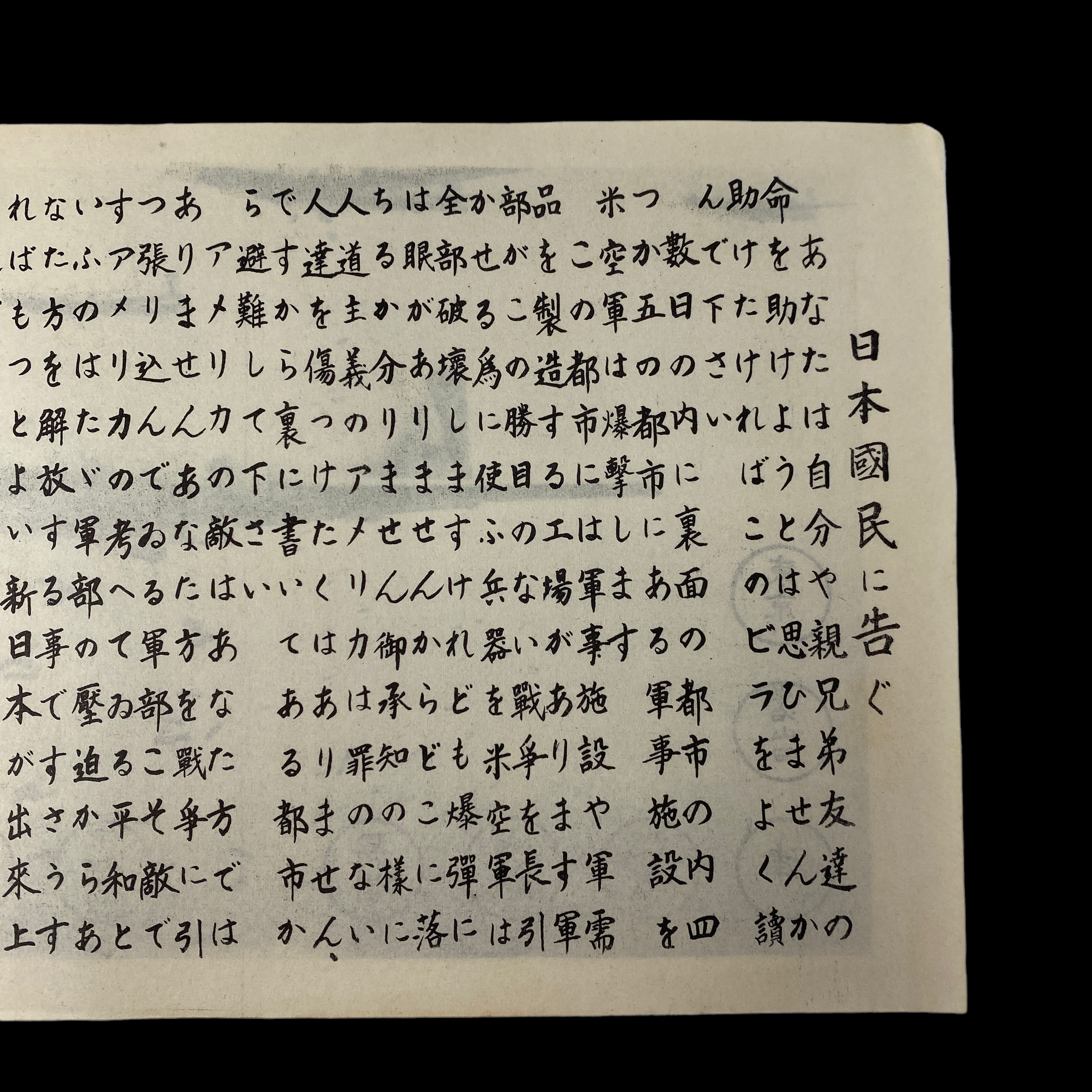
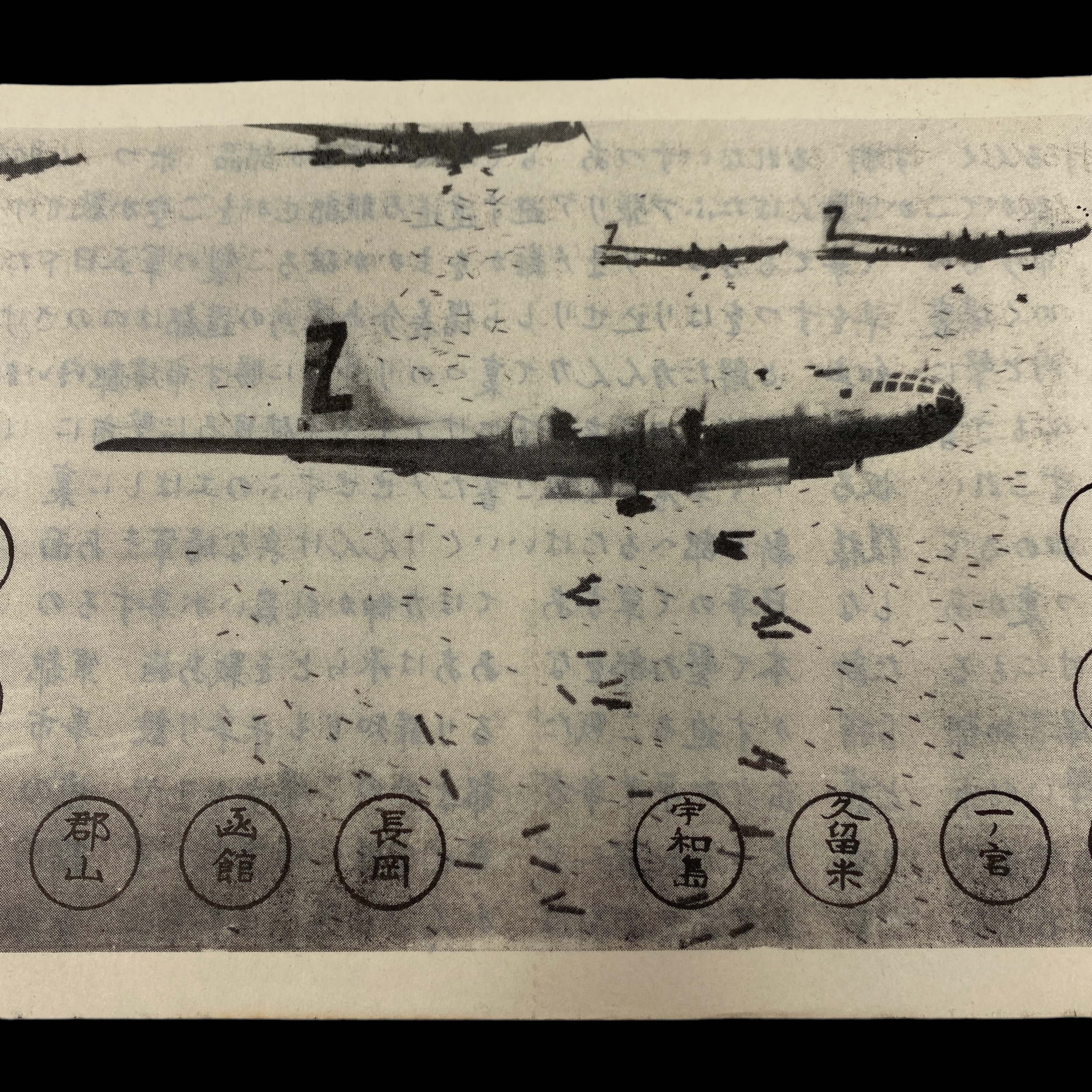
VERY RARE! Original WWII 1st Edition Lemay Leaflet Atomic Bomb Hiroshima & Nagasaki (Mint Condition)
Comes with hand-signed C.O.A.
*In August 1945, leaflets were dropped on several Japanese cities (including, supposedly, Hiroshima and Nagasaki). The first round, known as the "LeMay leaflets," were distributed before the bombing of Hiroshima. These leaflets did not directly reference the atomic bomb, and it is unclear whether they were used to warn citizens of Hiroshima and Nagasaki specifically. The second round features a picture of a mushroom cloud and a message about the Soviet invasion (which commenced on August 9). The historical record is unclear, but it seems as though these leaflets did not make it to Nagasaki until after it, too, had been hit by an atomic bomb. Later leaflets informed the Japanese populace about their government's surrender before the emperor's official announcement.
This incredibly rare and museum-grade WWII LeMay leaflet is one of only a small handful in the world known to exist let alone be in near perfect mint-condition…making this very historic WWII leaflet very desirable. These do not ever come to the public sector as they are very rare and so few were printed and saved. This is once in a lifetime chance to own this mint condition Lemay Leaflet.
This original leaflet has not been folded, torn, or discoloured as it was saved by WWII 1st Lieutenant Cecil Rix who served as a B-29 Bombardier Navigator in the Pacific Theater as well as a Radar Observer on Saipan and Guam during the later part of WWII. It is believed 1st Lieutenant Cecil Rix pulled this early printing of the LeMay leaflet just after it was printed and before it was loaded onto an aircraft to be dropped over mainland Japan targets to warn of the impending atomic bomb and continued destruction of Japanese cities.
The LeMay leaflet has become for its association with the atomic bombings of Hiroshima and Nagasaki. This leaflet was only dropped over the course of a mere few days and was meant to warn the civilians of Japan to leave and evacuate their homes from large Japanese cities within just days of the first atomic bomb being dropped on Hiroshima. This leaflet was meant to clear as many innocent civilians from the large Japanese cities listed on the front of the leaflet. Very few original leaflets are still known to exist.
LeMay leaflets were only dropped over the span of a very small three separate days. It is believed this leaflet is from the following leaflet was printed from the first production batch which was dropped on July 27th. The next day, half of these cities — Aomori, Ichinomiya, Tsu, Ujiyamada, Ōgaki, and Uwajima — were subjected to firebombing, and thousands were killed. Japanese cities were next leafleted on July 30 and again on August 1. A report on the Central Intelligence Agency’s “Studies in Intelligence” website also claims that leaflets were dropped “on 33 cities,” including Hiroshima and Nagasaki, on August 3.
These leaflets contain, with some exceptions, a different set of cities, but their design and the message on the back have not changed. On August 1, Mito, Hachioji, and Nagaoka were bombed, and Toyama, Maebashi, and Saga followed in the days after. The next Monday saw the first use of the atomic bomb in human history, and that following Thursday the second. The Imperial Army of Japan continued to fight until August 15, and the firebombings continued until then, most cities warned on the leaflets, but also against some which were not. In several cases, such as with Akita, cities were not targeted for an air raid until more than two weeks after being named on a leaflet.
The “LeMay leaflet,” as it has become known, was printed in black-and-white, and features a fearsome photograph of five Boeing B-29 Superfortress bombers casually dropping their payloads onto unseen targets. The image was taken from an air raid over Yokohama — a cropped version, officially released by the Air Force, contains fewer bombers — which occurred on May 29th, 1945, and killed as many as 8,000 people. The incendiary bombs appear to be falling directly on a half-border of tidy circles, illustrations superimposed over the photograph that contain the names of eleven or twelve cities. The other side of the leaflet is dedicated to a long, stern appeal to the hypothetical civilian discovering it, and explains that “America is not fighting the Japanese people but is fighting the military clique which has enslaved the Japanese people,” urging civilians, in no certain terms, to evacuate.
Translation:
Read this carefully as it may save your life or the life of a relative or a friend. In the next few days, four or more of the cities named on the reverse side of this leaflet will be destroyed by American bombs. These cities contain military installations and workshops or factories, which produce military goods. We are determined to destroy all of the tools of the military clique that they are using to prolong this useless war. Unfortunately, bombs have no eyes. So, in accordance with America’s well-known humanitarian policies, the American Air Force, which does not wish to injure innocent people, now gives you warning to evacuate the cities named and save your lives.
America is not fighting the Japanese people but is fighting the military clique, which has enslaved the Japanese people. The peace, which America will bring, will free the people from the oppression of the Japanese military clique and mean the emergence of a new and better Japan.
You can restore peace by demanding new and better leaders who will end the War.
#001